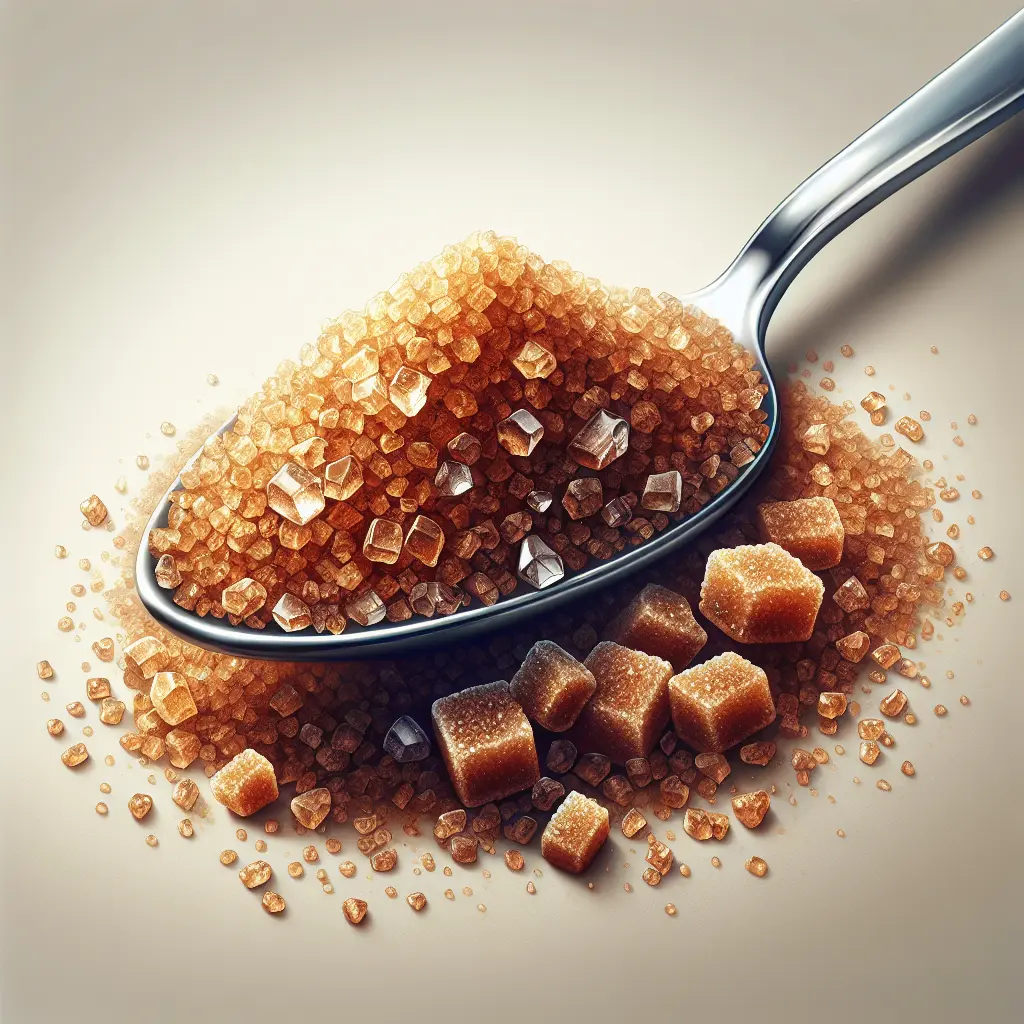The History of Light Brown Sugar: A Sweet Tradition
Light brown sugar has a rich history that spans centuries. Its origins can be traced back to the 17th century, when sugar plantations in the Caribbean and Latin America began producing this sweet commodity. Initially, brown sugar was the only type of sugar available, as refining techniques were not yet advanced.
Over time, as sugar refining methods evolved, white sugar became more prevalent. However, brown sugar retained its popularity due to its distinctive flavor and moist texture. Today, light brown sugar is a beloved ingredient in many cultures around the world, adding a touch of sweetness and depth to both sweet and savory dishes.
Nutritional Value of Light Brown Sugar: A Balanced Sweetener
Light brown sugar, while primarily composed of sucrose, also contains trace amounts of essential minerals and vitamins. A single teaspoon of light brown sugar provides:
- Calories: 11
- Protein: 0 grams
- Fat: 0 grams
- Carbohydrates: 2.9 grams (of which 2.9 grams is sugar)
- Fiber: 0 grams
While light brown sugar is a source of empty calories, it can be enjoyed in moderation as part of a balanced diet. Its relatively low glycemic index means it does not cause a rapid spike in blood sugar levels, making it a suitable choice for those who need to manage their glucose intake.
Culinary Versatility of Light Brown Sugar: A Flavorful Ingredient
Light brown sugar is a culinary chameleon, effortlessly blending into a wide range of recipes. Its slightly coarse texture and molasses notes lend a unique character to both sweet and savory dishes.
- Baking: Light brown sugar is a staple ingredient in countless baking recipes, contributing moistness, flavor, and a golden-brown hue. From classic chocolate chip cookies to decadent cakes, it adds a touch of warmth and sweetness that elevates these treats.
- Beverages: Light brown sugar can transform ordinary beverages into extraordinary delights. A spoonful stirred into coffee, tea, or hot chocolate creates a rich and comforting drink. It also adds a touch of sweetness to smoothies and milkshakes.
- Savory Dishes: Light brown sugar ventures beyond the realm of desserts, bringing its subtle sweetness to savory dishes. It can be used to create flavorful marinades for grilled meats, add a touch of caramelization to roasted vegetables, and enhance the complexity of sauces and glazes.
Conclusion: The Sweet Symphony of Light Brown Sugar
Light brown sugar, with its unique flavor and versatile applications, is a culinary treasure that deserves a place in every kitchen. Its ability to enhance both sweet and savory dishes makes it an indispensable ingredient for home cooks and professional chefs alike. Whether you are baking a batch of cookies, crafting a savory marinade, or simply seeking a touch of sweetness in your favorite beverage, light brown sugar is the perfect choice to add depth, complexity, and a touch of indulgence to your culinary creations.
How many calories are in Light Brown Sugar?
Each 1 tsp unpacked of Light Brown Sugar contains 11 calories.
Light Brown Sugar Nutritional Information
| Nutrient | Amount per 1 tsp unpacked (3g) |
|---|---|
| Calories | 11 Calories |
| Protein | 0g |
| Fat | 0g |
| Saturated Fat | 0g |
| Cholesterol | 0mg |
| Carbohydrates | 2.9g |
| Dietary Fiber | 0g |
| Sugar | 2.9g |
| Sodium | 0.0008mg |
| Potassium | 0.004mg |
| Calcium | 0.0025mg |
| Iron | 0mg |
